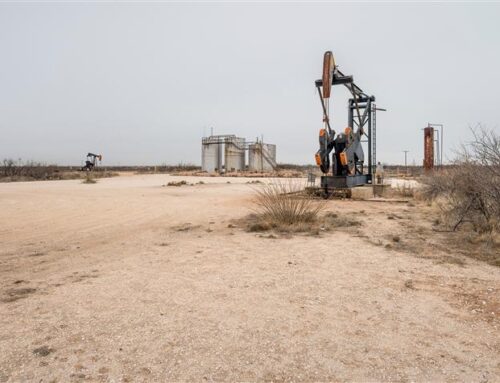Sometimes the solution to a problem becomes the problem. Unfortunately, it's not an uncommon tale in Washington. The Mixed-Oxide Fuel Fabrication Facility, known as the MOX project, is the latest example. Nearly $5 billion and 10 years since it began, the project has become a black hole for tax dollars.
MOX was originally meant as the solution to the problem of excess stockpiles of plutonium. After the Cold War ended, the United States and Russia agreed to mutually dispose of at least 34 metric tons of surplus weapons-grade plutonium through the Plutonium Management and Disposition Agreement. While Russia chose to build a “fast reactor” to dispose of the plutonium by burning it as fuel, the U.S. opted to create infrastructure to convert the plutonium into fuel that could theoretically be used in civil nuclear power plants. The construction of the MOX facility at the Savannah River Site in South Carolina is central to the plan, and as a recent hearing in the House Armed Services Committee made abundantly clear, it has gone disastrously wrong.
 It's hard to know where to start. Construction of the MOX facility (pictured at right) is years behind schedule, billions of dollars over-budget, suffering from contractor disputes and only about one-third finished. The federal government, through the National Nuclear Security Administration, has already spent $4.8 billion, and the final cost is currently estimated to be $12 to $14 billion. The original estimate was $1 billion. Progress has been slow. According to one Department of Energy official at the hearing, the contractors have been operating at a 25 percent “rework” rate; in other words, construction takes one step back for every four steps forward. The same official also noted that while the first phase of construction is very complex, the most difficult work remains to be done.
It's hard to know where to start. Construction of the MOX facility (pictured at right) is years behind schedule, billions of dollars over-budget, suffering from contractor disputes and only about one-third finished. The federal government, through the National Nuclear Security Administration, has already spent $4.8 billion, and the final cost is currently estimated to be $12 to $14 billion. The original estimate was $1 billion. Progress has been slow. According to one Department of Energy official at the hearing, the contractors have been operating at a 25 percent “rework” rate; in other words, construction takes one step back for every four steps forward. The same official also noted that while the first phase of construction is very complex, the most difficult work remains to be done.
Faced with the project's pitiful progress, Congress characteristically decided to ask for a study. (The reasoning behind all these studies on so many programs is that it supposedly appeases critics of a program while not actually terminating the contract and turning off the flow of taxpayer dollars.) In the last two years, three separate teams have released reports concluding what I've repeatedly said here, that the MOX project is simply not feasible. By all objective measures, it's an open-and-shut case: The MOX project is a failure, and Congress needs to shut it down.
Nevertheless, due to parochialism, inertia and indecision, Congress can't seem to take that step. As Rep. Jim Cooper, D-Tenn., pointed out at the hearing, that spending in South Carolina by the Departments of Energy and Defense is projected to steadily increase, regardless of the future of the MOX facility. But the members of the South Carolina delegation don't want to see a single federal dollar leave their state. And for others, it's hard to acknowledge that $4.8 billion has already been spent on a dead-end project. Cutting our losses now, however, is better than accruing more.
Meanwhile, other options to accomplish the disposition of the weapons-grade plutonium have emerged. According to the three studies, at least one alternative would cost less in a worst-case scenario than MOX would under a best-case scenario. Neither it nor the other options are risk-free, but as Rep. Jeff Fortenberry, R-Neb., summed it up, “This is a fragile program with a very unclear future, and the alternatives … are a responsible way to look at a diversion of limited public resources to deal with a very significant problem.”
While the verdict is still out on which alternative will make the most fiscal sense, one thing is clear: It's time for the siphoning of federal dollars into the MOX project to end.










